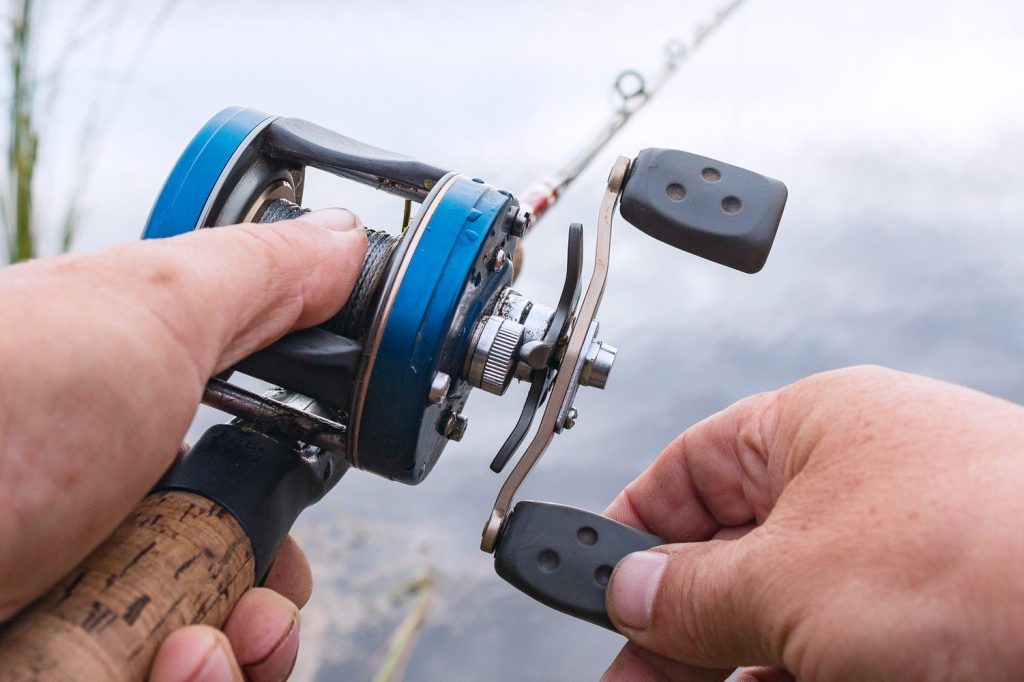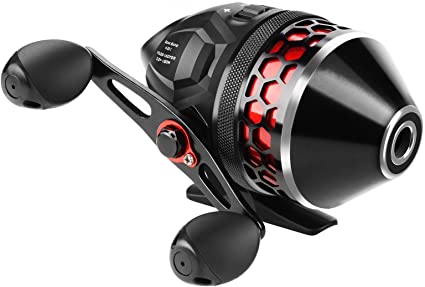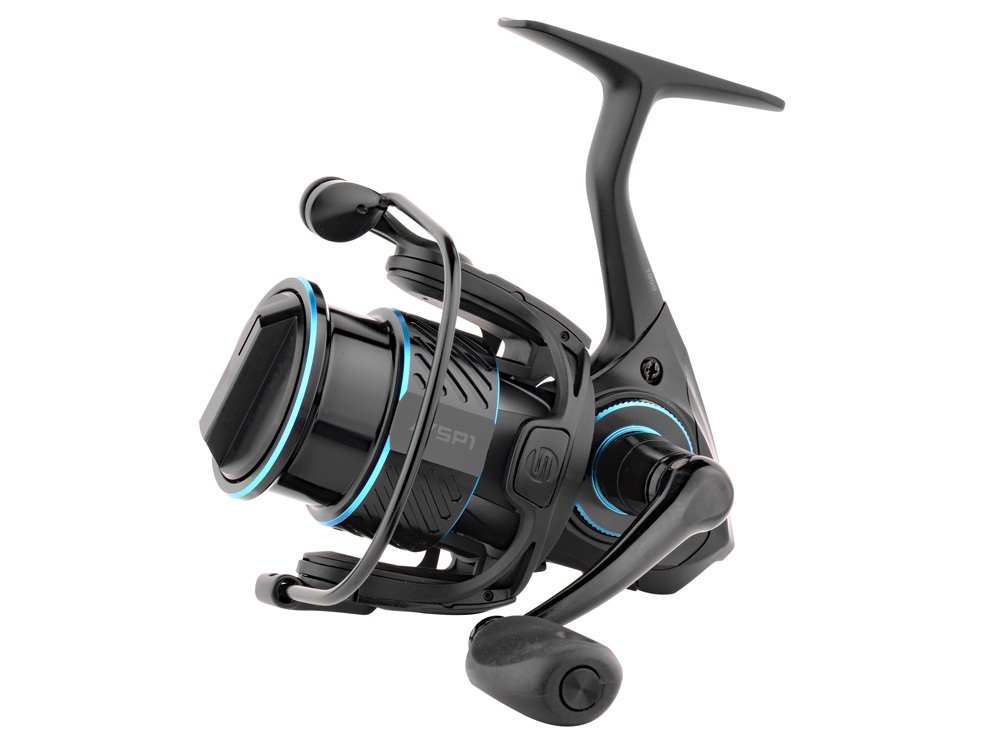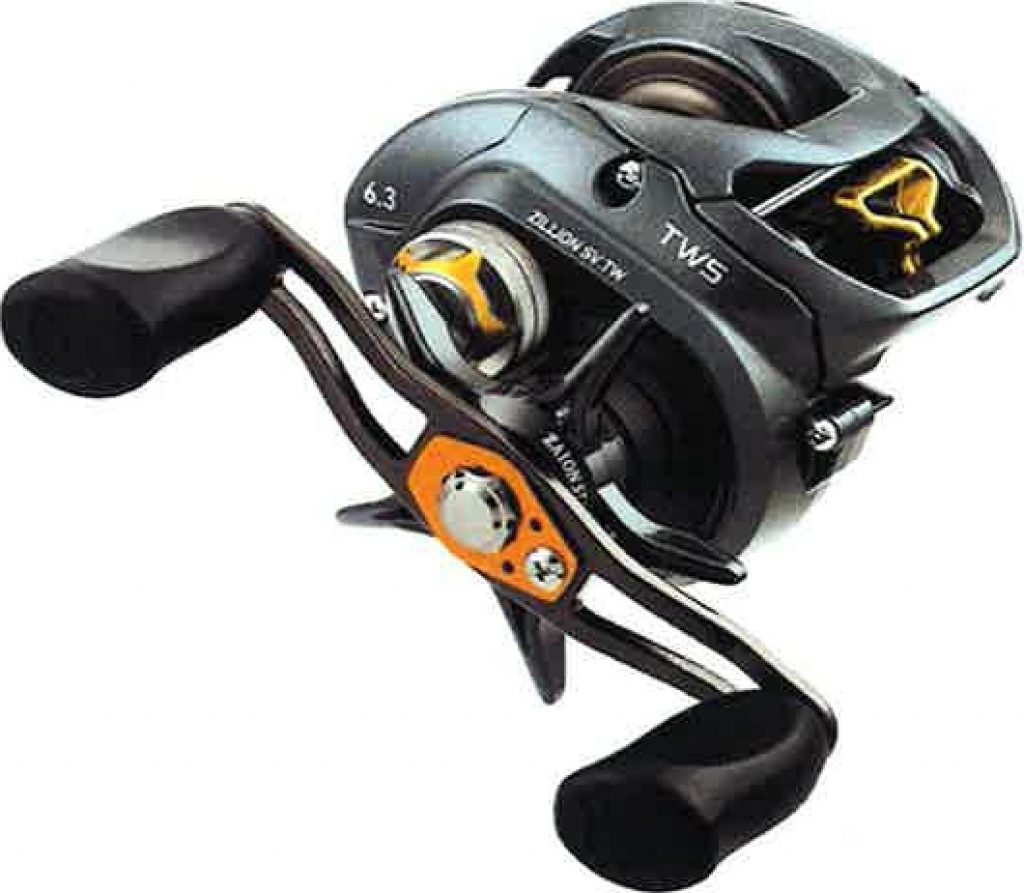
Choosing the proper fishing gear can be somewhat overwhelming. With how the markets today are chock-full of different brands and models, you’d want to have the best of everything for your gearbox.
That way, you’d guarantee, as much as possible, the success of your fishing trips. But, if you’re a beginner, you’ve to focus on the basics first and build a strong foundation, which starts today.
You’ll know where the fishing reels came from, how they‘re classified, why, and how each one of them is suitable for specific times, uses, years of expertise, species, etc. So, you can say that today’s lesson is Reels 101!
Contents
A Little Bit of History
Fishing reels were seen for the very first time in some Chinese paintings from the Song dynasty that were actually created at the beginning of 1195 A.D. The next time they were seen was in the Western Hemisphere in England around 400 years later, in 1650 A.D. l
Later on, fishing gear, in general, started becoming more famous around the 1760s in London and the 1820s in the United States. As you can see, fishing reels go way back in regards to the concept.
The base has always been one; to have a 3-D circular object to store and control the line along with a handle to command the action of the line properly. Later on, a center pin reel was created, followed by a side cast reel, fly reels, and trolling reels.
All of these are hardly used today as they’re either incompatible with the current needs, such as the center-pin and side-cast reels.
Or their function has been added to another, more common reel such as bait-casters, spinning reels, and spin-casters. That is valid for the trolling and fly rees. Now, let’s discuss the three main types in detail.
Types
Generally speaking, we’ve three main types of reels; the spinning reel, bait-casting reel, and spin-cast reel. Nonetheless, this hasn’t always been the case, as there are some reel types that are almost extinct by now. Let’s tell you the differences and similarities between our three main types. That way, you‘ll be able to determine what will suit you best.
Spincasting Reels

Firstly, we’ve the spin-cast reel, which took the world by storm when it first came out, and everybody was using it. Actually, to this day, many anglers lean fondly towards the Spincast reels. Why? Courtesy of their simplicity.
You see, this is small and lightweight; subsequently, it can be carried easily anywhere. Regarding its design, it’s completely closed, which has both advantages and disadvantages.
The advantage is that the line can hardly ever get tangled; it comes out in a straight line from the only opening available for it. On the other side of the spectrum, this closed design traps the water, debris, sand, and all types of particles inside of it.
This makes cleaning the reel very hard and causes it to deteriorate in quality rather quickly, which is why spin-cast reels are to be replaced yearly. The amount of water and dust stuck inside of it prevents it from lasting past the year.
Spincasts are the ultimate choice for beginners as it’s easy to learn the basics when you’ve a small light reel in your hands. Also, its casting process can’t be more straightforward. You click the button on the side to free the spool, cast and then click it again to stop the line from exiting, and that’s it, you’re done.
Unfortunately, it doesn’t take up much line, so you won’t be able to have ginormous casting distances when using a spin-cast reel. Last but certainly not least, this reel doesn’t cost an arm and a leg; they’re relatively affordable, no matter what their brand or model is.
Pros:
- Smooth untangles lines
- Lightweight
- Affordable
- Available
- Straight casts with no tangles
Cons:
- Short lifespan
Spinning Reels

Now, we’ll move on to spinning reels, and as we progress throughout the article, you’ll see that every reel is a stage of evolution from the one before it. For instance, spinning reels are a lot like spin casters, which is why they’re the most common and most widely used fishing reels today.
They still carry the air of simplicity and ease of use; yet, they added a little bit of complexity into the game to up their level. Spinning reels are designed to be much stronger and resilient than spincasting reels. You don’t need to replace the spinning reel every year.
That is mostly due to the open-face design, which allows you access to the inside of the reel to clean it and dry it properly after every use. Moreover, the creation of the bail is entirely different here.
The reel has lost the plastic cover at the spool, and we’ve a metal bail that is lightweight, fast, and automatic at the same time, making casting easier and more precise.
Here, what you do is that you open the bail, cast, and keep your hand on the spool with your thumb on the line to prevent it from twisting and forming horrible birds’ nests. When your line has reached its destination, move your thumb, and the bail will close automatically on the spool.
The fact that the fishing line is susceptible to tangles and twists is probably the only downfall that comes with the spinning reels. The open-face design also allows you to adjust the drag however you see fit according to the weather circumstances and your prey.
Furthermore, you’ll find that the spinning reel is fitted from below the rod and to the side, which is ergonomic and allows you as an angler to focus all of your strength on casting and pulling.
As we’re speaking about pulling, the spinning reel has quite a strong pull, so it won’t snap on you as you bring your prey back. Finally, spinning reels are available in shocking numbers, so you‘re bound to find something that you’ll like for the price that you’re capable of paying. The range we’re discussing is $30-$200.
Pros:
- Robust
- Common and available
- Open-face design
- Drag adjustment
- Metal bail
- Ergonomic position
- Automatic bail
- Strong pull
- Affordable
- Control
Cons:
- Liable to twists
- Light gear
Baitcasting Reels

Now, we’ve reached the end of our reel spread-out, and we’ll finish on a high note with the baitcasting reels, which are considered the final version of fishing reels.
Primarily, what makes bait casters stand out from amongst the crowds is how customizable they’re. You’ve the spool tension, the drag, and brake systems for you to tailor according to your own needs.
The moment you fixate on a prey, tweak the settings of the reel accordingly. Moreover, this reel has no spool. As for casting, just like the spinning reel, you just cast and then control the length of the line using your thumb, which allows for a much higher level of control and precision.
Also, the heavy-duty pieces provide a balanced retrieval with minimal trouble. But, on the other hand, it, of course, comes with a few disadvantages starting with its price tag. When discussing bait-casters, we’ll be speaking about thousands of dollars, which can be out of budget for many anglers.
Another thing is that it isn’t easy to use a baitcasting reel. Many youngsters tend to shy away from the complexity of bait-casers, and their learning curve.
Pros:
- Advanced
- Spinning spool
- Sensitive
- Robust gears
- Heavier stronger gear
- Excellent drag system
- Brake system
- Customizable
Cons:
- Learning curve
- Possible tangles
- Expensive
Final Thoughts
To wrap up, spinning reels started in a primitive way with any sort of cylindrical structure. Years passed and evolution happened, adding more and more to the structure of the reels.
Now, we’ve ball bearings, inner gears, a drag system, and a brake system. We also have different types of spools, bails, and handles, as we aim to make the reels more sensitive.
So, what’s our take-home message? Don’t fret. Ask your friends, the shop owners, and read a lot of reviews. Plus, if you can, borrow some reels to try them out and start creating your library of reels feels. That’s how you’ll understand what works for you because what works for other people might not have the same charm on you.
